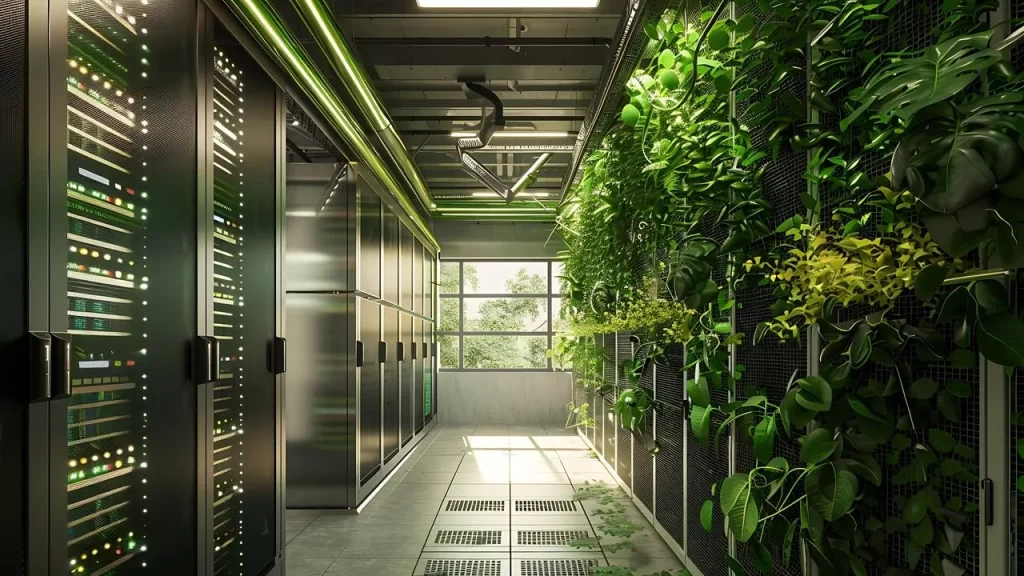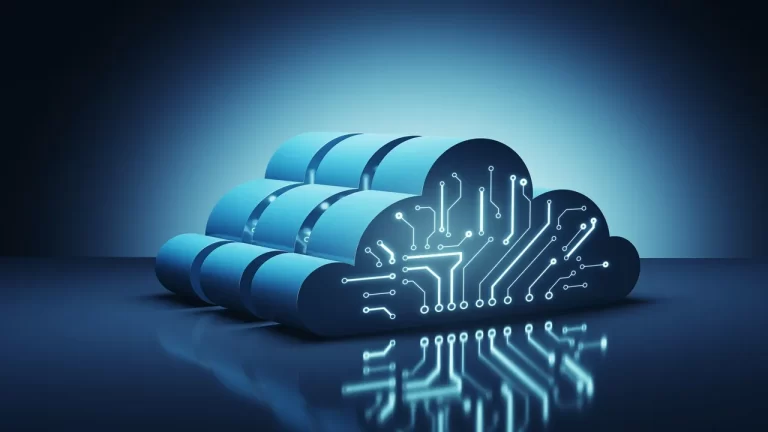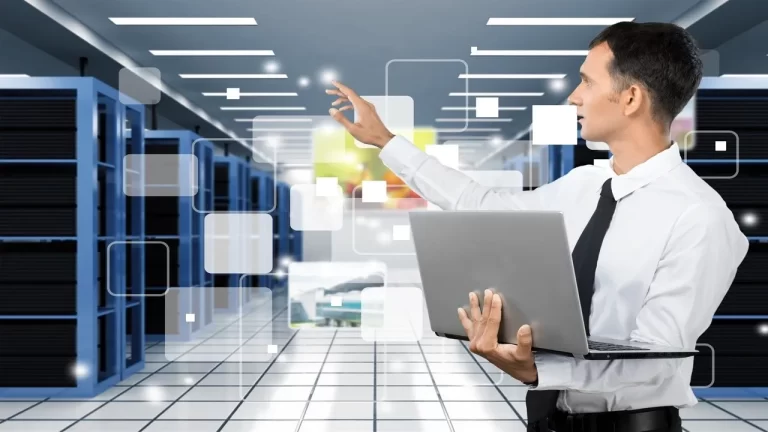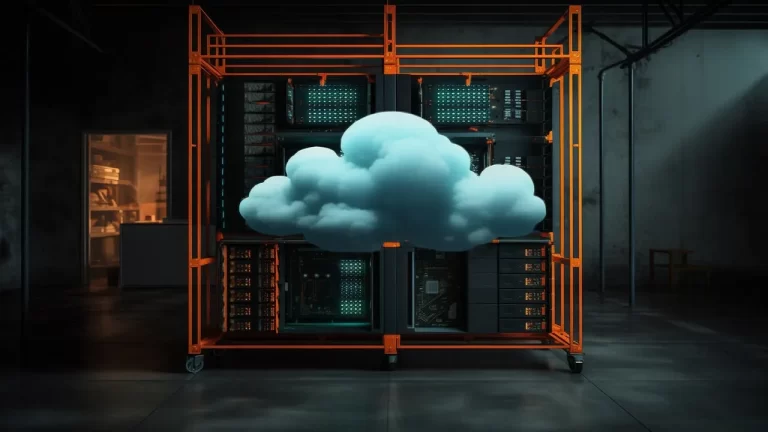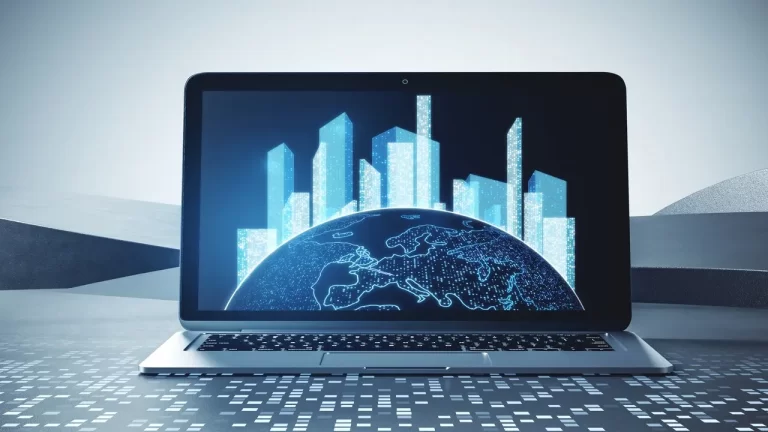Learn about the different measures through which data centers are aiming towards cutting their emissions and achieving higher efficiency—from utilizing renewable energy to smart cooling and AI.
Every business operation all over the world and the computing and communication facilities of today’s digital age are based on data centers. Data centers remain a pressing issue of concern due to their continuous high energy demands and negative impacts on the environment. Green technologies have also been incorporated into it as a response from the data center operators for sustainability. The process of implementing green solutions accelerates through the usage of renewable energy sources and smart grids.
The paper explores the key sustainability technologies prevalent in data centers that seek to reduce carbon footprint and become sustainable in the digital world.
Adoption of Renewable Energy Sources
The efficiency of sustainable data centers is closely associated with those implementations that shift from the use of daily and fossil fuels to renewable energy sources. More companies continue to put up plants using solar, wind, and hydroelectricity as part of their strategy to reduce the emissions of greenhouse gases. Currently, technology companies and colocation providers remain committed to full renewable energy, which some of them have attained without utilizing fossil fuels. Transitioning to renewable energy sources is a way to improve the status of the planet, both in terms of the environment and the cost of energy. The notion of cost-efficient energy management represents the interrelated economic and sustainability benefits.
PPAs are a long-term approach widely used by organizations to access renewable energy through agreements. Through PPAs, data centers get a steady supply of renewable energy without having to physically own the facilities for generating such energy. This enhances the positive environmental impact of the initiative since utilizing it can establish more of the green structures.

Implementation of Energy-Efficient Infrastructure
Advanced energy-saving infrastructure that green data centers have includes liquid cooling systems, modular design, and artificial intelligence energy management. For instance, instead of air-based cooling, liquid and immersion cooling now prevail. I come to that conclusion because these innovations provide enhanced ways of managing energy consumption, whereas data processing requirements remain actively rising.
Data centers now depend on accurately monitored and sensitive systems with smart sensor technology for PUE optimization. The control of lighting, temperature, and air circulation is possible with computers that do not need much interference from people in order to work optimally. There are many actions that take place during operations that contribute to the wastage of energy; hence, automation comes in handy in detecting such instances.
Sustainable Architecture and Design
Hence, it is important that companies should begin creating sustainable data centers at the concrete level all over. Some are as follows: The construction of national green building design incorporates sustainable materials and natural ventilation systems, and LEED certification. The strategic location of the building also focuses on cooler areas since the majority of the green data centers use free cooling techniques in their cooling systems. Such measures also lower the environmental loading to a great extent through the passive design approaches.
There is increasing interest in modular data centers in the market today for a couple of reasons, including these centers facilitate flexible growth, and there is little construction debris on the construction site at any one time. They can also be easily implemented in the field, and their construction type contains effective models that allow adequate use of the available space and resources. As a result of these architectural decisions, the integration of energy-providing and water-saving high-performance insulation is provided in Glikin to establish the company’s sustainable operation.
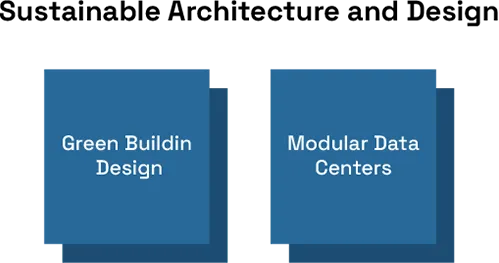
Waste Heat Recovery and Circular Economy Practices
Today’s complex data centers focus on plans for the heat that is produced by their server systems. Waste heat utilization technologies transfer excess heat from the servers into surrounding buildings and urban heating systems to produce practical uses from what turned out to be waste. This is the case in European countries since district heating systems are prevalent on the continent.
Modern principles of the circular economy work towards an improved approach to managing data center hardware lifecycles and heat utilization. Refurbishment, reuse, and recycling procedures are applied to the equipment that has become outdated and is no longer useful or effective. This reduces the e-waste and also the utilization of new material to establish a rolling time for the information technology framework. In an endeavor to lay down ground for sustainability, organizations assess eco-friendly solutions within the packaging of their products, as well as strive to reduce the carbon footprint impact on the supply chain.
Use of Digital Twin and AI for Optimization
Applications of digital technologies, such as digital twins, enable meaningful changes in developing, operating, and managing superior data centers and improving sustainability effectiveness. It is a digital version of the physical data centers that enables operators to make simulations and change tests, all in a purely virtual environment before they are implemented. Energy optimization scenarios are obtained through accurate digital twinning, and, at the same time, downtime is also avoided along with risks.
AI technology entails that operators ensure predictive maintenance and also organize the human resource in a way that would reduce the power usage during rush hours. This kind of information is fed into systems for the purpose of making decisions, which were earlier made manually. The introduction of complex data centers has led to AI in energy optimization, beginning from the cooling of the system right down to workloads.

